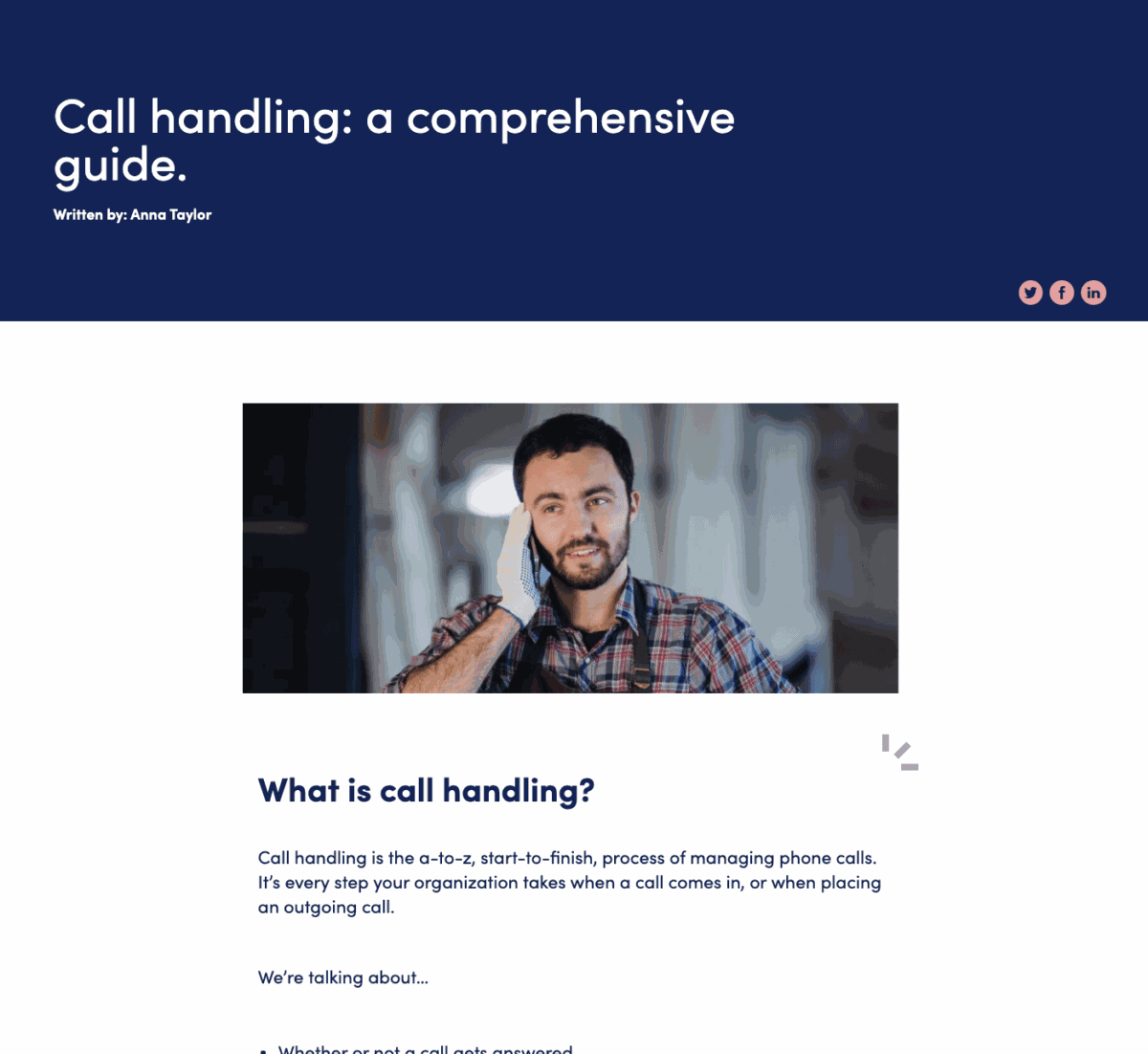
Shop Local! It has become a rallying cry for independent businesses around the world. In the age of Google, people don’t simply stroll on down to Main Street when they want to make a purchase. No one opens the local yellow pages anymore. They open a search engine on their phone and it might take them far, far away from Main Street.
The good news? Four out of five people use search engines to find local information. Searches for ‘near me’ or ‘close by’ increased more than 900% in a two-year period.
You’ve probably conducted this kind of search yourself when looking to buy soccer cleats or hire an electrician ‘near me’. And if you’re like most people — 92% of shoppers to be exact — you choose a business from the first page of results that Google provides.
Page one of a Google search — this is the new marketing goal of any business, including yours.
How do you appear at the top of the page for every relevant search? In other words, how do you improve your local Search Engine Optimization (SEO)? At Ercule, we spend every day helping businesses do exactly that.
In this blog series, we’ll be sharing insights and tips you can put into practice for your own business.
Understand Your Content Stack
Content is the cornerstone of optimizing your web presence. Quality content. Useful content. In today’s extremely competitive business landscape, your competitors are creating tons of digital content and strategically working to get it in front of as many eyes as possible. You need to be doing the same if you want to be the top local listing for your industry on Google.
We call this layered approach the content stack and it consists of several components.
Strategy
Which search terms do you want to own? What kinds of shoppers are you looking to win over?
Production
Creating relevant, thorough, readable material that provides useful information for visitors to your website and secures your place as a trustworthy expert.
Distribution
Promoting your written content via diverse channels, including organic search, social media, email, and direct sales outreach.
Conversion
Perfecting your website so visitors have the best possible experience and, ultimately, choose to spend their money with you.
Analysis
Looking at click rates, conversion rates, revenue, and all pertinent data to understand which strategies are working well and which ones might be improved.

Strategy: Figure Out What People Are Searching For
Strategizing for your content stack means understanding the exact search terms people are using most often in your area.
Search data is a glimpse into the hearts and minds of your community. While you can never fully predict which search terms are most popular in a given area, you don’t have to guess either. Google provides you with the data you need via free apps, such as:
- Google Search Console
See how your website is showing up in Google search, how often its listing is getting clicks, and any formatting errors that are causing it to be overlooked by search engine A.I. - Google Trends
Enter in any keyword and see how frequently it is being searched in comparison to other keywords. For example, if you’re a bookstore you might compare the local trends for a term like ‘new fiction’ versus ‘best-seller fiction’. - Google Analytics
Log in to track activity around your own website. This data can show the search terms that brought people to your site, the pages on your site that get the most clicks, and the ‘bounce rate’ or amount of time visitors spend on your site before clicking elsewhere.
You can explore each of these platforms for hours on end and get lost in data, but even basic questions can work wonders for your SEO strategy. Consider these:
- What are the top search terms locally for my industry?
- How well does my business rank for each of these top search terms?
- When I search these keywords in the search bar, which local businesses have the top rank?
Doing research on your competitors and their keywords is another great way to understand what sort of content is winning the attention of shoppers in your area.
Production: Give The People What They Want (And Help Search Engines Find It)
Now that you’ve got a list of the most valuable search terms in your local market, you can build the content that speaks to those terms.
‘Content’ is a term people throw around a lot these days to describe anything from videos to tweets to podcasts. When we speak of ‘content’ in the SEO context, there are a few basic formats that will go a long way:
- Blog Posts
Casual but informative pieces (like this one) devoted to a particular topic. Shoot for a word count around 600 to 1200 words. - Explainers
Longer pieces (1500 words or more) designed as a primer for any newcomer to a subject. Explainers maintain a friendly tone, and go deeper into the material than a blog. - Product Pages
These are in-depth pages about the product your business offers and can be great for SEO when written around specific features. For example, a locksmith might have a page built around “car key replacement” and another on “24-hour unlocking services”.
Designing Content For SEO
What kind of content will win the attention of search engines? In the old days, businesses would just repeat the keyword over and over and over in a blog post. It didn’t bring much value to human readers but it was a boon for SEO.
These days, the search engine A.I. is much more sophisticated. Increasingly, it’s learning to value blogs and explainers for the same values that human readers do.
Quality content is…
- Relevant (and, if possible, evergreen) subject matter
- Written in a clear, concise, readable way
- Thoroughly researched and presented
Of course, there are other ways to tailor your content for an extra SEO edge as well:
- Optimizing keyword placements – especially in headings, like the Ruby blog post shown below, which is optimized for the search term ‘Call Handling’.
- Optimizing content length – Google and other search engines tend to prefer “meatier” content that encourages users to stay and interact with a page – think 300 words and up.
- Getting inbound links – whether they are from your site or from external sites, well-used inbound links signal the value of a page to search engines.

Boost Your SEO For Yourself And Your Customers
Boosting your search engine performance depends on the same principles local businesses have always used to stay competitive. At base, it’s about providing real value to the lives of customers and making that value easy to find.
It requires first understanding your customers’ problems, which is easier now because search engines record every question that is searched. Once you get oriented to the online tools and methods for finding those questions, you can do your work with precision.
The content you generate not only wins the attention of search engines, it highlights your expertise to people in your community, free of charge. It’s a gift. By boosting SEO, that value becomes more accessible for everyone.
And when people visit your website for that content, the rest of the site should engage them as well. That’s where features like page design and customer support come in to play – live chat on your site is one great example of this.
We’ll be exploring these topics more in subsequent blog posts, in the meantime, you might download Ruby’s guide to live chat to learn more about how to make your optimized website perform better for you.
Josh Orr is part of the team at Ercule, a content and SEO performance agency in Portland, OR.



